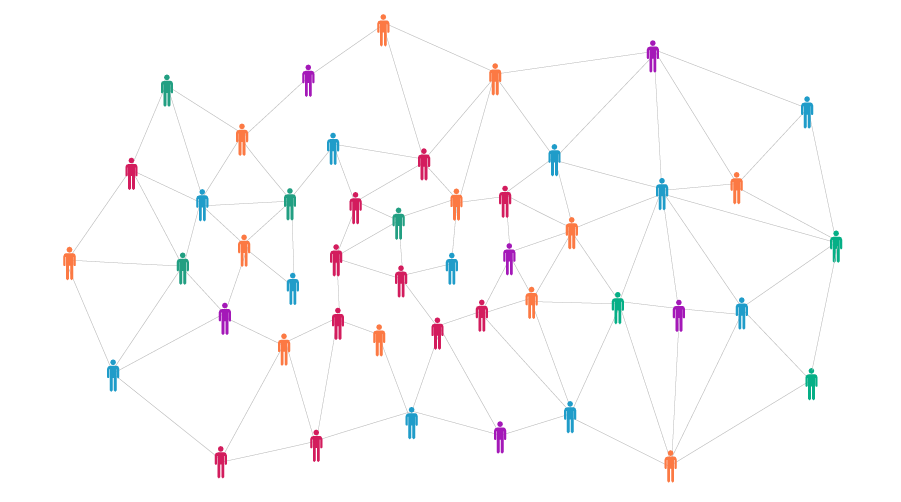What are businesses getting wrong about blockchain?
As distributed ledger technology (DLT) solutions are deployed, it is crucial that the system stays efficient as it grows. Simulating the DLT ecosystem with agent-based modeling (ABM) identifies architectural flaws when the system scales, allowing businesses to optimize performance before the solution goes to market.
Why ABM?
DLT enables the recording of interactions and transfers value from peer to peer without a need for a central coordinating entity. DLT is the building block of the internet of value and can fundamentally change the financial sector, making it more efficient, resilient, and reliable. But as modern business ecosystems become increasingly scalable and complex, so should the underlying DLT network systems. These are built from many individual components (or agents) and are more than a simple sum of individual parts. Sudden collapses and crises are normally linked to complex multi-agent interactions.

Making DLT scalable
Many thought leadership pieces on the topic of DLT only outline the design of smart contracts and system transactions. While these elements are important, they provide little insight into the scalability of a specific DLT solution. This is particularly vital in the financial services industry, where inadequate solution performance dynamics may lead to significant capital losses.
For a DLT application, the challenge is to overcome three common problems:
- Little or no data before a new application is officially deployed
- Linear predictive models that fail to predict emergent behavior such as crises or critical load
- Dynamics that differ at various scales, making the past an insufficient predict or of the future
A promising way to address these issues is through the reverse engineering approach that expertly-guided ABM provides.
Through agent-based modeling, business leaders receive a detailed ecosystem simulation. Having this comprehensive view means that they can avoid the usual crises and costly surprises that come with a DLT solution that doesn’t scale.
Find out more about the implementation of this methodology in our latest white paper, “DLT 2.0: It’s All About Scalability.”


